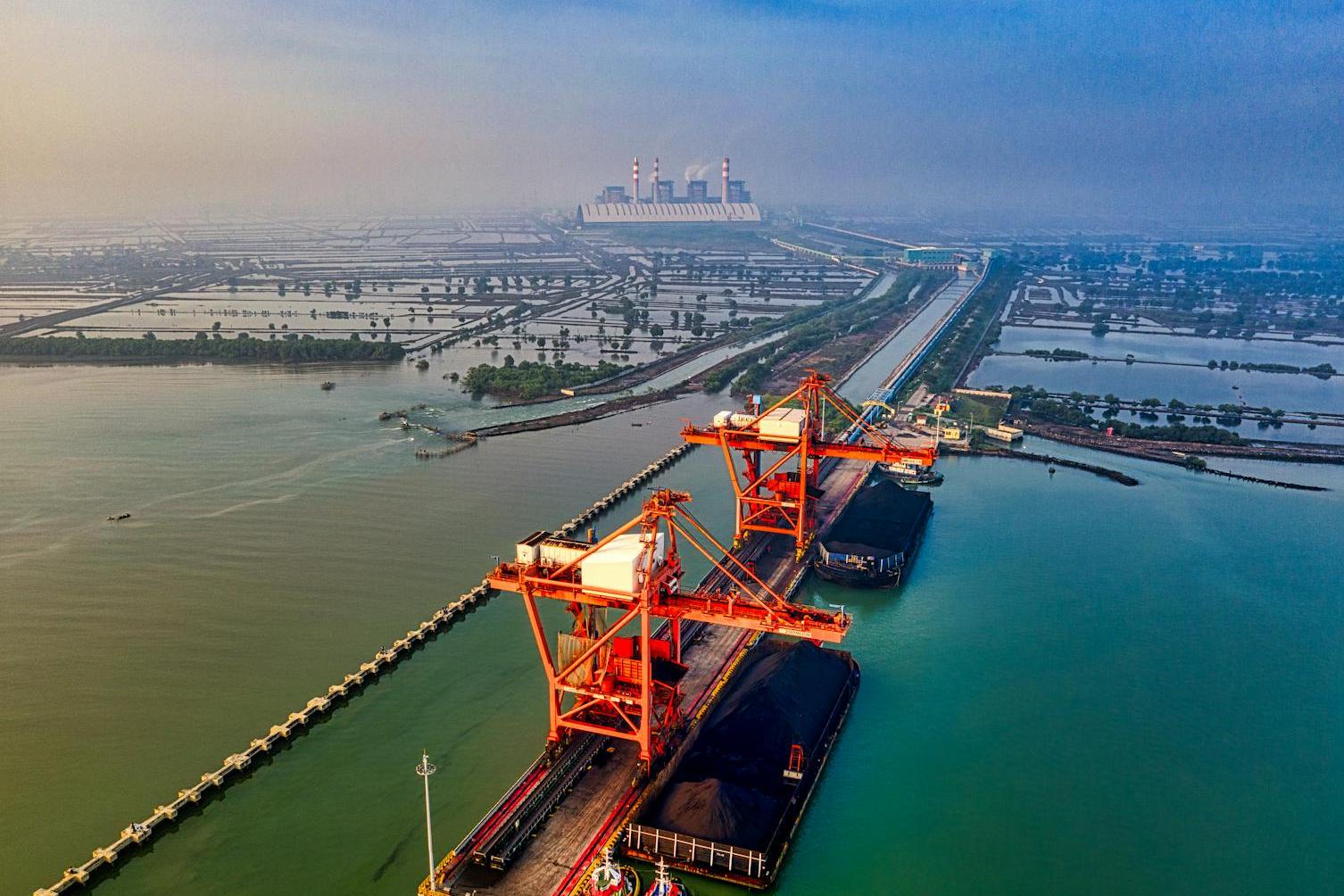
輸出代理店Is the factory a middleman or a manufacturer?
輸出代理店The essence of a factory is its capabilityDual qualificationa physical manufacturer that possesses both in-house production capabilities and import-export operating rights. The key difference from traditional OEM factories is that they can directlySeller IdentitySign contracts with overseas buyers while providing services for SMEs that lack import and export qualificationsCustoms declaration, tax rebate, foreign exchange settlementa full suite of foreign trade services.
How does this collaboration model work in practice?
The typical collaboration process consists of five key stages:
- Qualification Authorization Phase
- Sign a tripartite agency agreement (manufacturer + agent factory + overseas buyer)
- Complete customs registration and bind tax registration information
- Order Execution Phase
- The agent factory directly receives the buyer's PO
- Arrange production and prepare the full set of export documents.
- Logistics delivery phase
- The agency factory independently chooses its freight forwarder
- Handling EXW/FOB/CIF and other different terms貿易條項Execute
What are the core advantages of choosing an export agent factory?
According to the latest 2025 data from the General Administration of Customs, companies using agency services have seen an average 37% improvement in export customs clearance efficiency. The specific advantages are as follows:
- Cost savings: Sharing the customs AEO certification qualification of the shared agent factory eliminates the high cost of individual applications for enterprises
- Risk Isolation: The agency factory, as a contracting party, directly assumes responsibility for product quality and the risks of trade compliance.
- Capital efficiency: Achieved through the credit limit of the proxy factoryTax refund upon shipment, allowing the tax refund to be recovered 2–3 months earlier than under the traditional model
What cooperation details should foreign trade enterprises pay special attention to?
When working with an export agent factory, it is recommended to focus on controlling the following three dimensions:
- Qualification Verification
- Verify the original "Certificate of Agency Export Goods" filed with customs.
- Confirm the classification status of the enterprise in the SAFE registry
- Division of Authority and Responsibility
- Clearly stipulate the clause on intellectual property ownership
- Establish a mechanism for handling quality disputes
- Compliance Management
- Request the OEM factory to provide training on RCEP rules of origin.
- Conduct regular audits to ensure the accuracy of export declaration data
In-Depth Answers to Common Hands-On Questions
Question 1: Is it still necessary to build an in-house foreign trade team?
It is recommended to retain personnel in core positions, especially those who are familiarINCOTERMS2025Compliance Officer for the Latest Revisions. The proxy factory can substitute for basic document handling, but the enterprise must still retain control over compliance review of trade terms.
Question 2: Can the agent factory handle small-quantity orders?
2025年の新トレンドは「フレキシブル?エージェントサービス」であり、一部の代理工場はすでにコンテナ課金制や共有ブッキングなどの革新的なモデルを導入している。たとえば、深センのある機電代理工場が提供する混載サービスは、小口注文の物流コストを23%削減できる。


 カスタマーサービスWeChatをフォローしてください
カスタマーサービスWeChatをフォローしてください